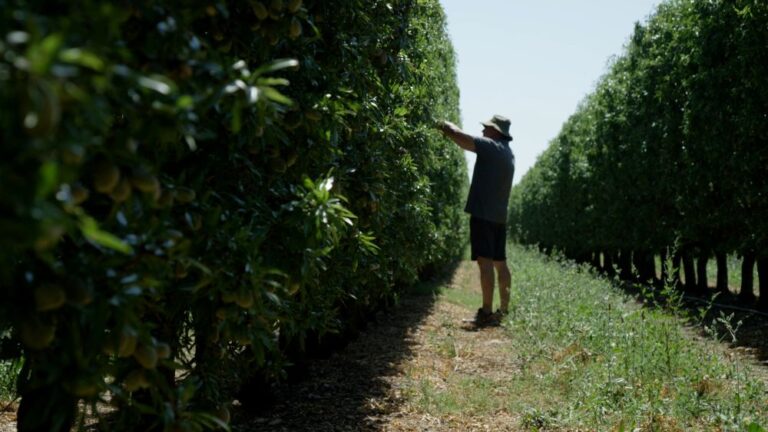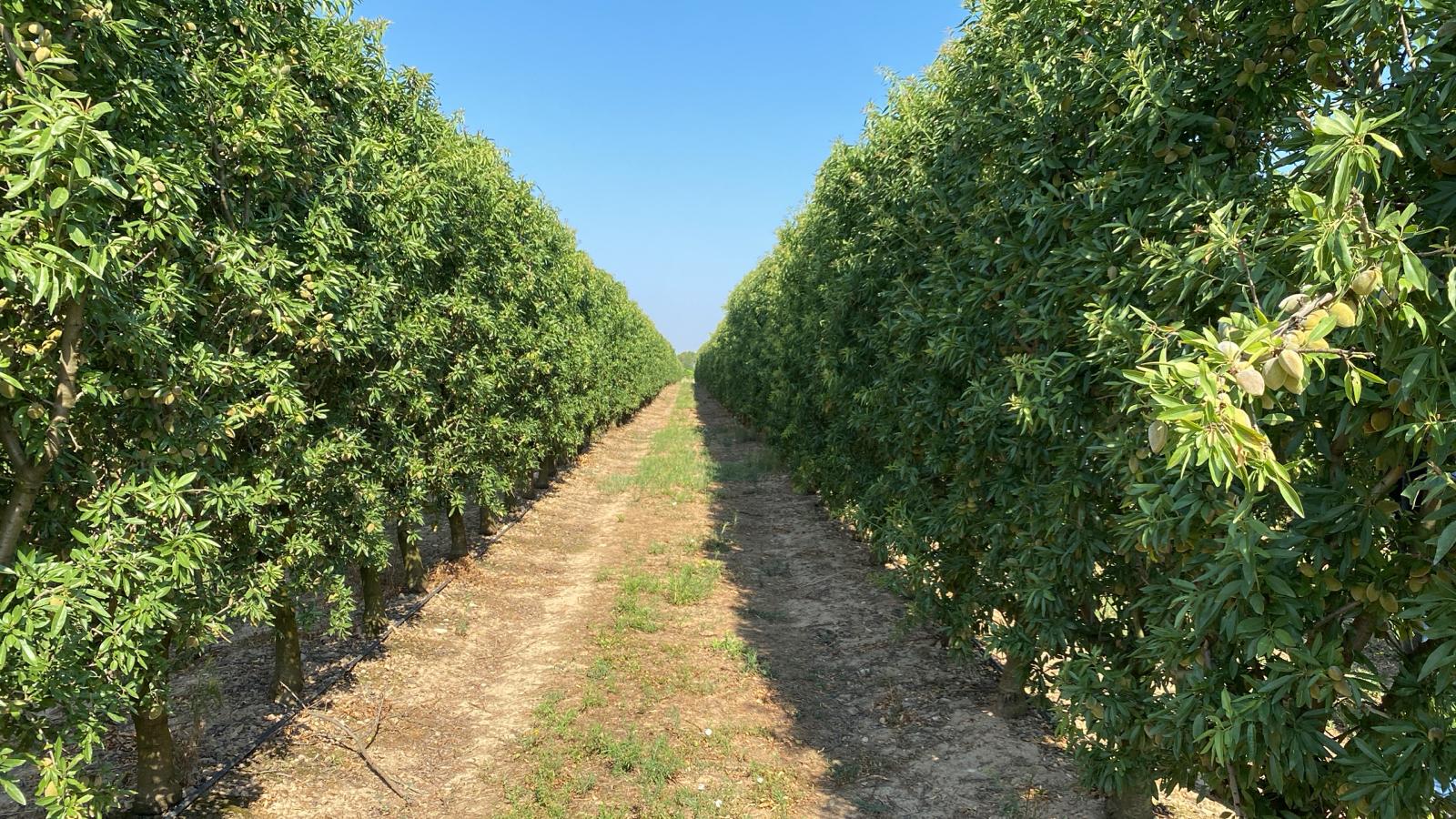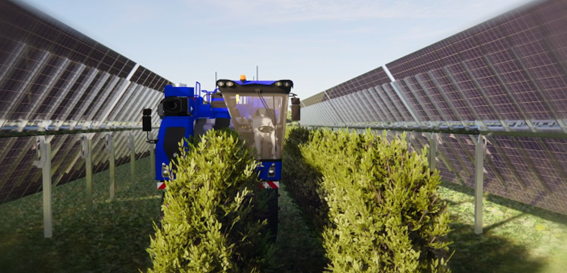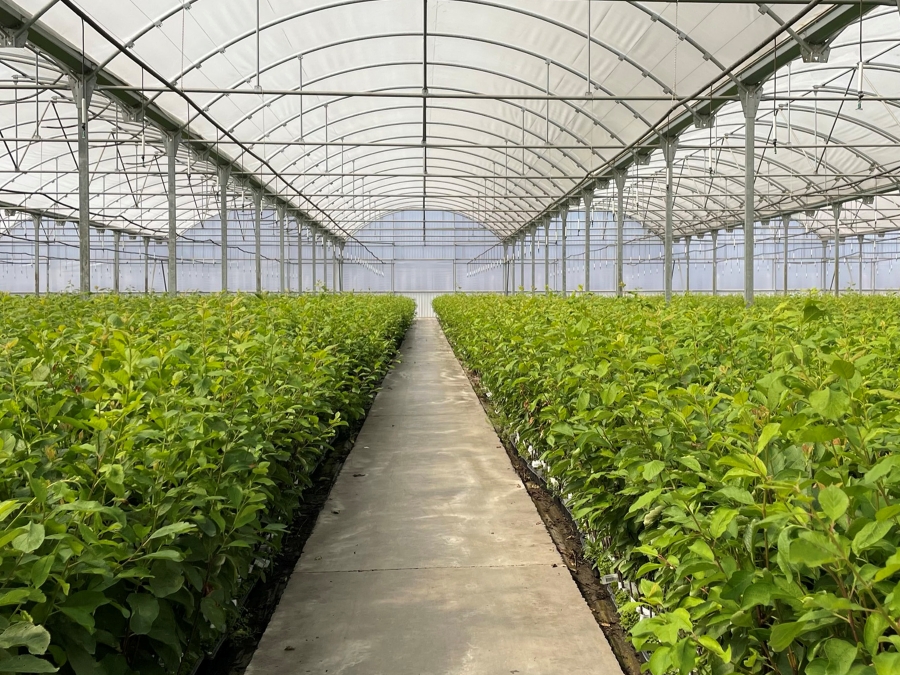Europe and the New Crossroads
Spain must take advantage of all the flexibility margin allowed by European Agricultural Policy to structure a CAP that incentivizes new incorporations more
Jorge Jaramillo: Creator, director, and host of the TV program “El Campo” on Castilla-La Mancha Media.
After 62 years of Common Agricultural Policy (CAP), Europe and the agricultural sector find themselves at a genuine crossroads, first due to the climate emergency that has already raised many alarms, but now also due to the food urgency that demands reinforcing and safeguarding the foundational principle of our sovereignty.
We are separated by only six decades from a critical post-war scenario, just a couple of generations, to understand how we have arrived here, and to be able to reflect and chart the path towards a future now threatened by geopolitical tensions that – at the very least – have shaken the global economy in the power struggle between major blocs, which increases the risk of triggering a very dangerous international conflict.
Then, World War II left the population of the Old Continent in a dire situation, ruined, decimated, and without basic food guarantees. And in that reconstruction process from the European Coal and Steel Community (ECSC), the first seed of what today represents the European Union, the CAP was born, a robust pillar that the founding countries erected on the foundations of a pauperized, scarcely developed agriculture, to which they entrusted the mission of guaranteeing the most basic sustenance.
From there, each of the changes driven through various agricultural reforms has sought to bolster the agri-food economy to make it more efficient and sustainable, although also on more than one occasion, to justify every euro before a public opinion increasingly distant from the rural environment. All the stages explain therefore the heights of this building, each floor of the well-being achieved up to our days.

Doing Justice
For this reason, forgetting the role that the countryside has played over these years is to commit a significant injustice to the farmers and ranchers who dedicated themselves to that difficult mission, with a generous public budget, of course, but to achieve intensive, productive, sufficient agriculture that over the years became mechanized and modern. Today, the challenge is the digitization and optimization of processes through new tools that will allow significant savings in inputs through the management of big data and artificial intelligence (AI).
In the early years of the CAP, dysfunctions soon appeared. The overprotection and the enormous amounts of money injected in the post-war period to build a safety and storage network through public silos and other intervention measures led to a surplus problem that has stigmatized many sectors, showing their weaknesses to consumers due to high dependency on aid. This stigma still weighs heavily as part of the population does not understand that the subsidies of the common agricultural policy are an income insurance with benefits for all, first because it guarantees the survival of those who feed us in a liberalized, open, and excessively globalized market, and second because they are also the main architects of environmental conservation thanks to their direct action on the territory and nature.
Environmental Ambition
The latest agricultural reform, which will take us to 2027 unless there are changes before, has represented yet another turn of the screw for the producer, or so it has been understood due to the accumulation of green demands to justify better soil management – which is presumed to already be done -, optimize irrigation, reduce nitrate pollution, or greenhouse gas emissions. Perhaps there is still a lack of much pedagogy or participation for the recipients of the regulations to understand their true justification.
It is true that all this green ambition that structures the architecture of the CAP through the “New Green Deal” was configured at a time when it was necessary to fulfill the commitments of the Paris Summit to curb Climate Change, which this year, by the way, has caused disasters in Spain on about 4 million hectares of crops and a volume of 1.2 billion euros in compensations. A record figure that brings the agricultural insurance system, one of the most valued in other parts of the world, to the brink, almost to bankruptcy.
In this sense, the severe drought of 2023, the strong frosts of April, hailstorms in June, and heatwaves during the most sensitive periods of major productions, in addition to other DANAs, have marked the balance of an annus horribilis that forces us not to let our guard down as these phenomena are increasingly repetitive, even more virulent. In fact, the map of new plantations that continue to arrive on the ground is shifting towards varieties better adapted and resistant to adverse situations, the result of innovation, research, and agri-food engineering. These investments reflect the spirit of overcoming within the agricultural sector itself.
Thus, sixty years later, nothing predicted that war again, especially Russia’s in Ukraine, but also other conflicts like Israel in Palestine, could strain the international economy so much and blow up much of the environmental ambition of this CAP. It is true that the electoral situation has been decisive in precipitating the rebellion of the countryside against the excessive bureaucracy it has entailed.
In the medium term, the result of these European Parliament elections, and the new political composition that emerges, will give us information about the depth of some of the possible repeals or revisions of regulations until a new Union government is formed, which by the way, does not renounce continuing to expand eastward after formalizing Ukraine’s request to join the common project. In this negotiation, farmers, through their representative professional organizations such as COPA-COGECA, are asking for fewer conditions to receive aid, but also more protection towards a model system in the world for its diversity against a globalization that generates disruptions and often, a worrying unfair competition. It would be unfair, however, to blame it for all the ills because it has also allowed the producer sector as a whole and the industry to grow, thanks to the infinite possibilities of exporting to other countries where few would have imagined reaching.
The Succession, a Pending Challenge
For all these reasons, Europe is at a new crossroads. And not only food or climate-related but also due to a lack of generational succession.
The young farmers who join will be the ones to evolve agriculture towards a sustainable, efficient, and modern model, but the reality is that, to date, only 3 percent of the CAP budget is reserved to incentivize these new vocations or the arrival of new blood. In just a decade, some reports warn, it would be necessary for 200,000 young people to settle in the countryside in our country. And in the face of this gap, little is being done at the European level.
The autonomous communities, within their scope of action, co-finance this line of aid with their own funds through the second pillar of rural development; they try to accelerate the process because they know that depopulation and the abandonment of our villages have much to do with the absence of farmers and ranchers, although the mismatch between those who are ceasing activity (sometimes forced by lack of profitability) and those who are not arriving is still large. Especially in dry regions, with a lack of water, irrigation, or lands due to rampant erosion.

For a Real CAP
Therefore, Spain must take advantage of all the flexibility margin allowed by European Agricultural Policy to structure a CAP that incentivizes new incorporations more. And for this, it must promote modernization policies that reinforce food production through efficient irrigation or by building new hydraulic infrastructures. It is crucial to reconnect the dialogue and certain competencies of the Ministries of Agriculture and Ecological Transition to foster a common strategy, a state policy. There are more possible synergies than we imagine. In short, the social base must be protected against the seismic movements of a market that does not admit doors or borders because these are the rules accepted by the economies of developed countries, which does not mean that controls at ports and customs cannot be reinforced through which that merchandise enters, often bypassing the quotas agreed in Europe, or the own contingents of products that are also cultivated here with a level of phytosanitary requirements and social norms that others do not comply with, which allows lowering the final price.
It Would Be Important to Educate the Consumer, therefore, educating the consumer is crucial as they are a necessary accomplice who can do justice with each purchase action. Only in this way can the position of weakness of national products against those imports from third countries be ended; this is done by dignifying the image of the farmer and rancher before a society that often sees them as strangers. However, the tractor protests in February and March have revealed other data about this perception that may be hopeful. At least, according to the survey by the Center for Sociological and Scientific Research (CIS), in its latest barometer, it revealed that 47.3 percent of respondents were “fully in agreement” with the countryside’s demands, and another 40 percent “quite in agreement.” But actions speak louder than words.
Resonating with Agriculture
Society must reconnect with the countryside. The consumer should know that if there is someone committed to their health, it is the farmer because, among other things, they are legally obliged to comply with the highest standards of quality and food safety, and because in this challenge, they adapt to the new times. This is achieved by supporting their income.
This producer also knows that now they must make additional efforts to develop a more efficient model, and in this sense, new technologies will be the protagonists of this digital revolution. They also know about the population’s fear of disease, hence their commitment to reducing phytosanitary products and chemical fertilizers, but they need alternatives to combat pests and diseases if they want to survive. And they know they must intensify productions to make them profitable and meet the food demand of a growing population that, according to the FAO, will be 9 billion people by 2050. But should they do it alone?







